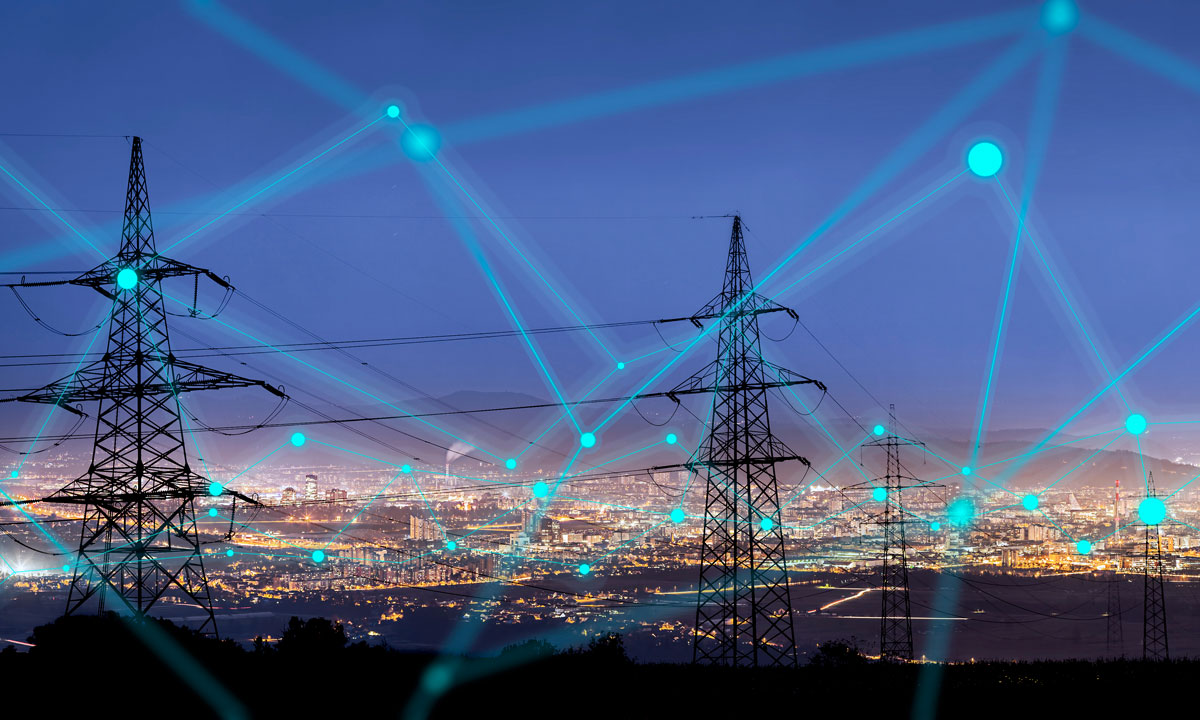
Some jurisdictions are preparing to power EVs and others are lagging.
The adoption of zero emission vehicles (ZEVs), especially in BC, is seen as an increasingly important factor in reducing greenhouse gas emissions and creating a cleaner environment for future generations.
There are several factors that will continue to influence consumer decisions. Canadians need to have access to clean energy vehicles at various price points. They also require a comprehensive charging system that will keep pace with ZEV sales — in rural and remote areas of the country, along major transportation corridors, and where drivers live, work, and socialize.
To achieve true environmental success, however, it is critically important that the power grid is clean. In the U.S., electric vehicles are drawing their power from a grid that typically includes a mix of fossil fuel and renewable power plants — but the good news is most countries, including the U.S., are now pushing to clean up their electric grids.
In British Columbia, much of our electric supply is already generated from renewable sources and BC Hydro has been planning for increasing demand. The corporation anticipates there will be approximately 350,000 zero emission vehicles on BC roads by 2023, which in itself will add an additional 1,050 gigawatt-hours of electricity load per year.
As governments encourage Canadians to make the transition to zero emission vehicles to reduce greenhouse emissions, there also needs to be a concerted effort to ensure our electric grid can handle the increasingly extra load, and in a manner that is affordable and reliable, and ensures future energy bills are not out of touch for the average Canadian.
Reports from the International Energy Agency and Canadian Climate Institute suggest our country will need to double or triple electrical grid capacity by 2050 if Ottawa is to meet its net-zero greenhouse emission targets.
Construction on BC’s Site C project began in 2015 and remains on-track to have all six generating units, in-service by 2025. Once complete, Site C will provide the equivalent amount of energy needed to reliably power about 450,000 homes or 1.7 million electric vehicles per year in BC, according to BC Hydro.
Next spring, BC will also issue its first call in 15 years for large new utility-scale projects and aim to have new sources of electricity by 2028. It is seeking renewable projects only, such as wind and solar.
In August, when Ottawa announced new regulations to get Canada’s grid to net zero by 2035, federal government modelling suggested a staggering $400 billion will be required to replace aging facilities and expand generating capacity in the country’s electric grid. This investment they say, will be required to respond to the pressure placed on the system from electric heating and cooling systems, electric vehicles and population and economic growth.
Reports from the International Energy Agency and Canadian Climate Institute suggest our country will need to double or triple electrical grid capacity by 2050 if Ottawa is to meet its net-zero greenhouse emission targets. Both suggest it’s doable, however, because government modelling and established targets for zero emission vehicles will help create some level of predictability.
OEM Associations and CADA (in its Road to 2025 report) agree, if Canada is to achieve the target for all new light-duty cars and passenger trucks sales to be zero-emission by 2035, more ambitious federal and provincial government action is required to enhance consumer incentives.
Also required are ongoing investments in convenient, accessible and fast charging infrastructure across Canada, consumer education, and development of an electric vehicle battery supply chain.











